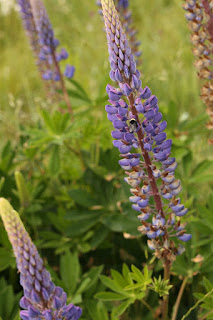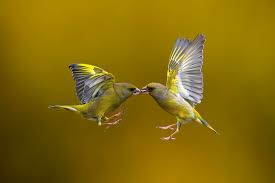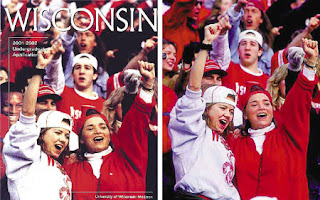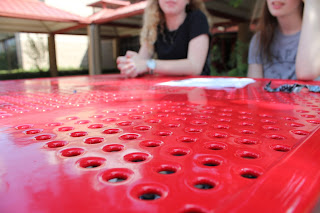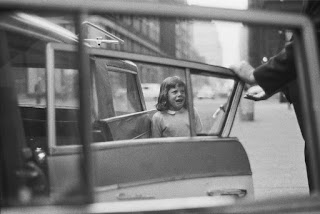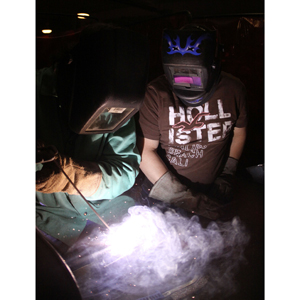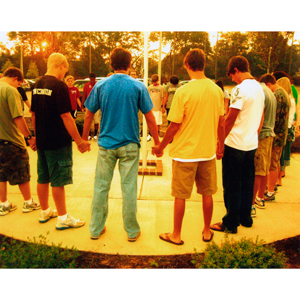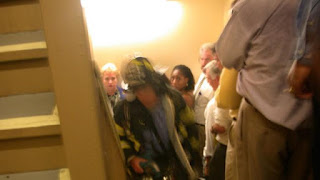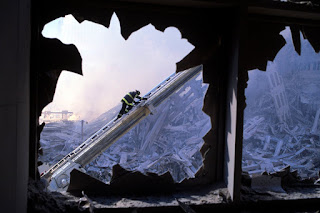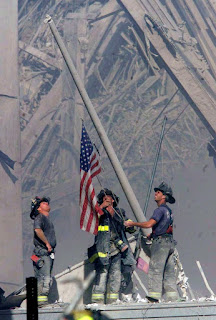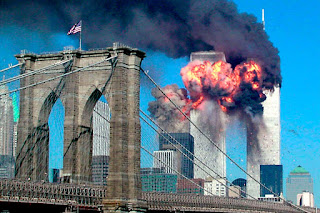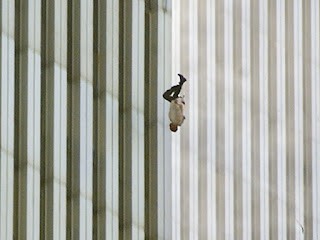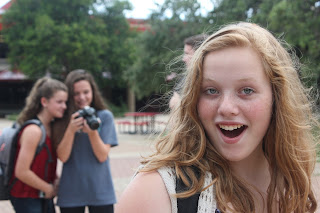Academic Shoot Review and Critique
1. It was really hard to find things to shoot. There weren't a lot of academic classes that weren't busy, and it felt really uncomfortable to shoot quiet classes with the camera noises. It was also hard to get people not look at the camera. 2. I was thinking mostly about rule of thirds and simplicity. Because, they seem like some of the easiest and most fun to find it was the ones I was focused on. To get simplicity I looked for a subject that was near a simple background or that I could make look like a simple background, and to get rule of thirds I just moved the camera to the side and up and/or down. I could not get framing because I did not have enough time. 3. I would like to have been more brave to go into classes, and I would have liked to move my camera/position more to accomplish what I wanted. 4.I don't think I would do anything the same because I didn't like his the shoot turned out. 5. I think that rule of thirds and simplicity will be the easiest to fol...
